Archaeology
-
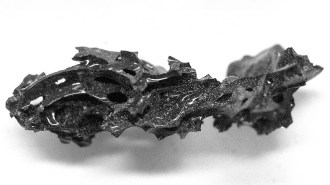 Archaeology
ArchaeologyMount Vesuvius turned this ancient brain into glass. Here’s how
Transforming the brain tissue to glass would have required an extremely hot and fast-moving ash cloud, lab experiments suggest.
By Alex Viveros -
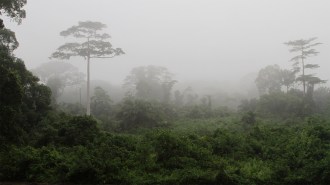 Archaeology
ArchaeologyHumans moved into African rainforests at least 150,000 years ago
This oldest known evidence of people living in tropical forests supports an idea that human evolution occurred across Africa.
By Bruce Bower -
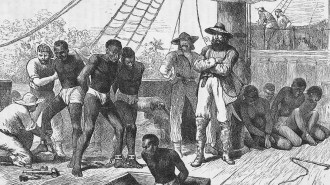 Anthropology
AnthropologyAn African strontium map sheds light on the origins of enslaved people
While genetic tests can reveal the ancestry of enslaved individuals, strontium analysis can now home in on where they actually grew up.
-
 Archaeology
ArchaeologyHere’s how ancient Amazonians became master maize farmers
Casarabe people grew the nutritious crop year-round on savannas thanks to networks of drainage canals and ponds.
By Bruce Bower -
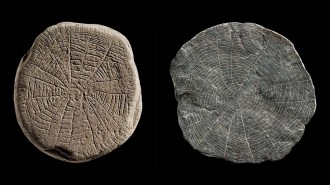 Archaeology
ArchaeologyAncient, engraved stones may have been buried to summon the sun
Members of a Stone Age culture in Denmark may have ritually buried stones to counter the effects of a volcanic eruption.
-
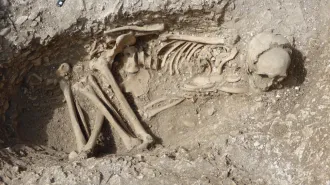 Genetics
GeneticsIron Age Celtic women’s social and political power just got a boost
Ancient DNA indicates women stayed in their home communities and married partners from outside the area.
By Bruce Bower -
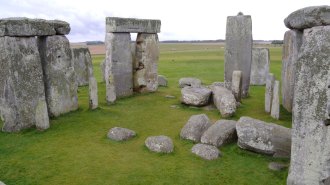 Archaeology
ArchaeologyArchaeology’s top discoveries of 2024 include preserved brains and a lost city
From the plight of ancient Egyptian scribes to the identities of ancient Maya sacrifices, 2024 brought a rich medley of insights into human history.
-
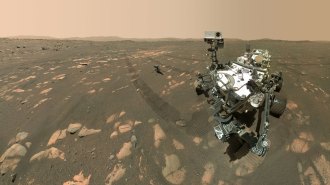 Space
SpaceThese discoveries in 2024 could be groundbreaking — if they’re true
Did microbes ever live on Mars? Did an "elevator" help build Egypt’s first pyramid? Some signs pointed to yes this year, but confirmation is still needed.
-
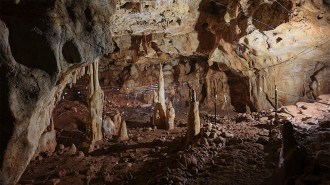 Archaeology
ArchaeologyThe oldest known ritual chamber in the Middle East has been found
Engravings and other evidence suggest ancient humans attended religious ceremonies in the cave as early as 37,000 years ago.
By Bruce Bower -
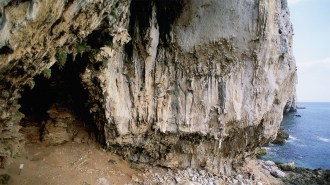 Archaeology
ArchaeologyNeandertals may have built a hearth specifically to make tar
Findings from a cave in Gibraltar suggests Neandertals may have used complex fire structures to obtain adhesives from plants.
-
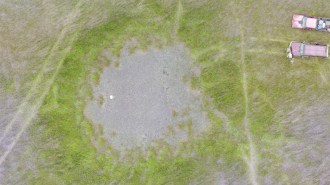 Archaeology
ArchaeologyAncient Central Americans built a massive fish-trapping system
Earthen channels directed fish into ponds that formed seasonally, providing a dietary bounty for Maya civilizations starting around 4,000 years ago.
By Bruce Bower -
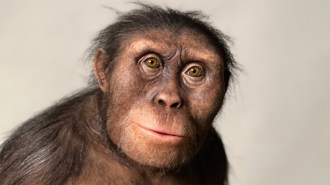 Anthropology
AnthropologyHow does a fossil become a superstar? Just ask Lucy.
Geologic good fortune, skilled scientific scrutiny and a catchy name turned Lucy into an evolutionary icon.
By Bruce Bower